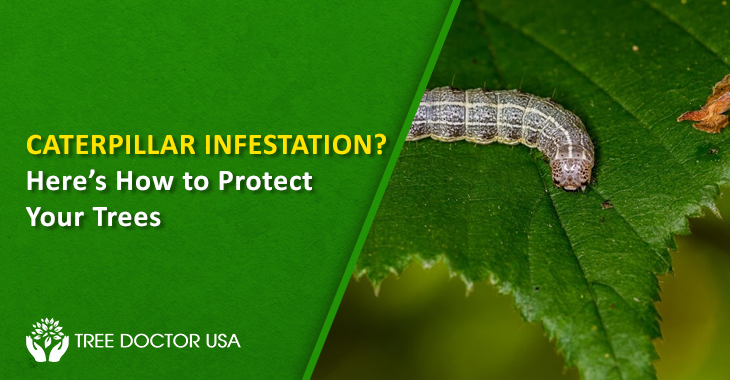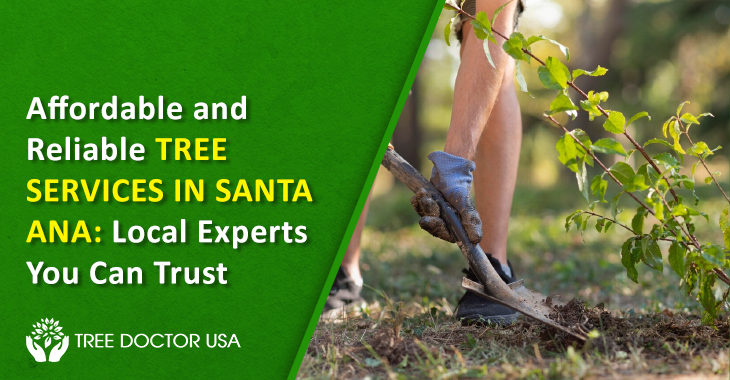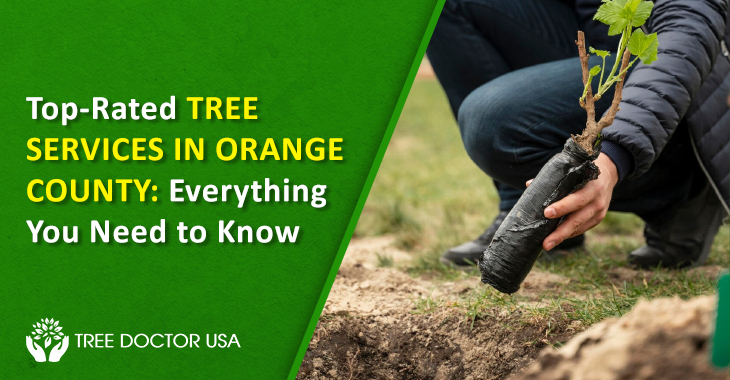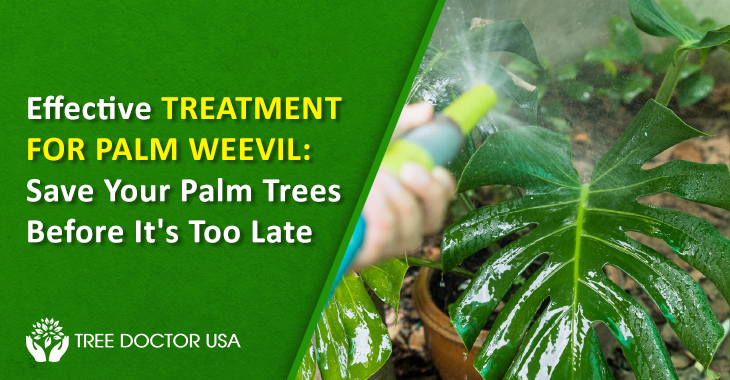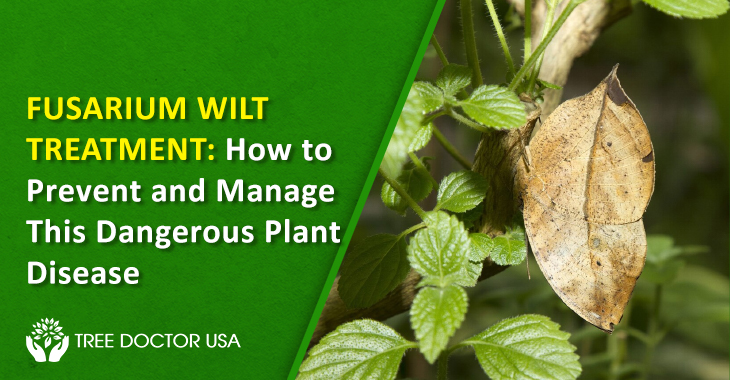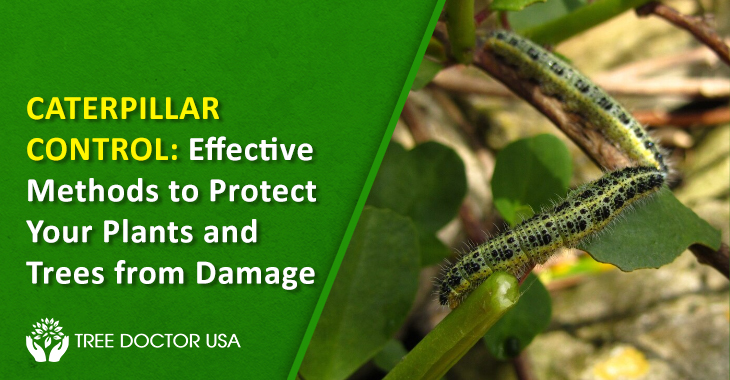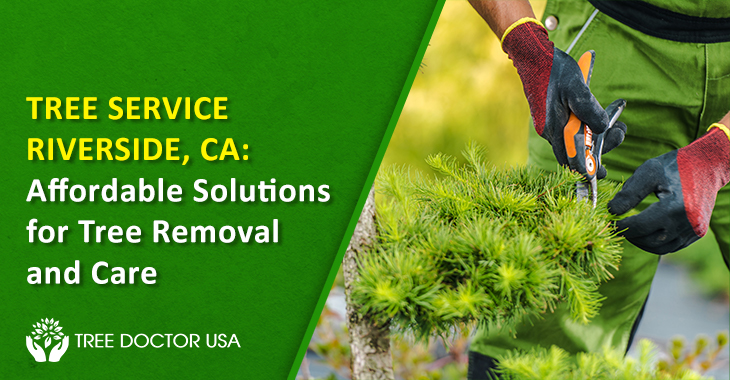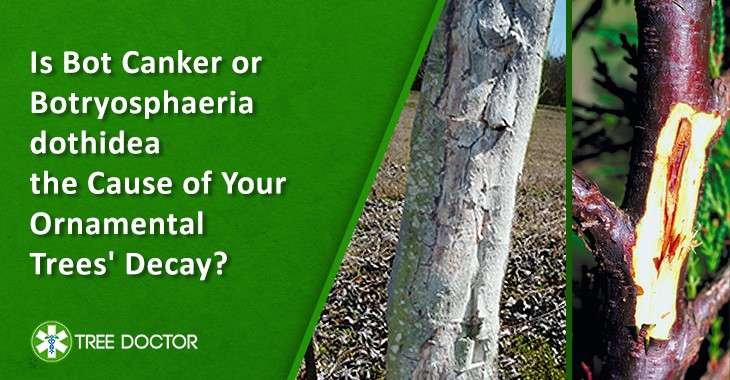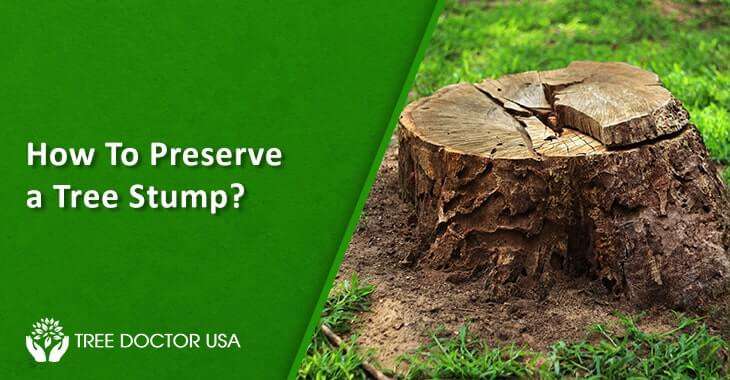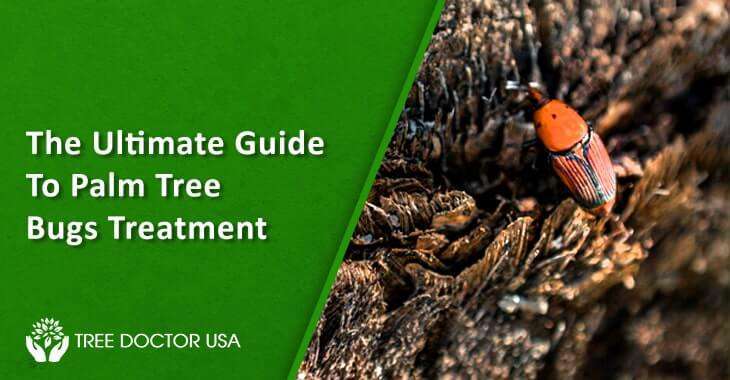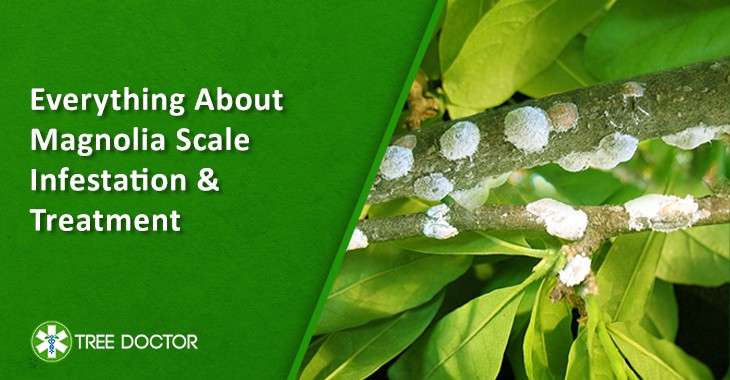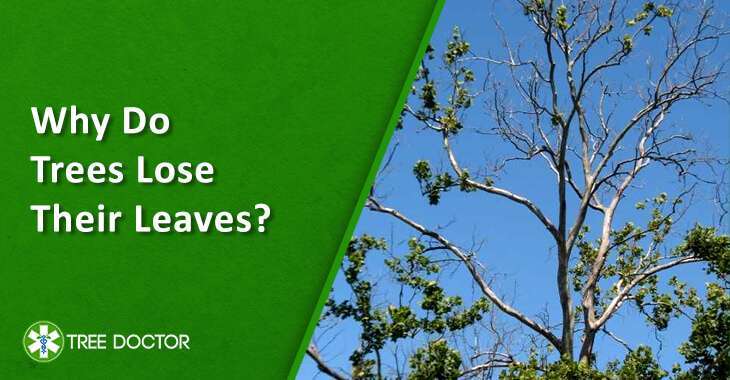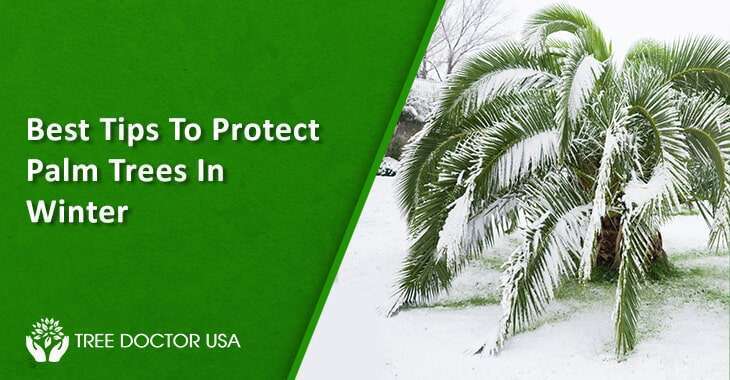Caterpillar Infestation? Here’s How to Protect Your Trees
Plants may sustain harm from caterpillars, which are the young larvae of the moths or butterflies. There would be holes in the vegetation and buds of flowers if it had a caterpillar infestation.
It can be challenging to locate these caterpillars. They are frequently concealed among foliage and rolled leaves. This information comes from the University of California Agriculture and Natural Resources. It is best to identify pests early on. Look for feeding punctures, waste products, webbed or twisted leaves, and eggs. This helps avoid causing undue harm to plants. Additionally, you can trim plants with rolled or webbed leaves.
Keeping your yard healthy will prevent pests from attacking your plants and trees. However, some bugs will still try to turn your prized garden into a delicious meal. You can take additional precautions to protect your landscape from pests like caterpillars. Proper caterpillar pest control services can help. These services also address other insects that eat vegetation.
Walk us through the blog to learn more about controlling caterpillar infestation in your garden. Let’s begin!
Various Caterpillar Pest Control Options
Here are some home remedies for controlling caterpillar infestations:
- Check your plants frequently, and get rid of any caterpillars that you find by handpicking. Tiny gardens are best suited for this method.
- Around your plants, scatter food-grade diatomaceous earth. Although this natural powder poses no threat to people or animals, it can discourage and destroy soft-bodied insects. It harms caterpillars by damaging their exoskeletons.
- To physically prevent pests like caterpillars from getting to your plants, cover them with lightweight row covers. To stop the covers from blowing off, make sure they are secured.
- Marigolds, lavender, and mint are plants with leaves and flowers that ward off caterpillars. These plants can draw beneficial insects and repel pests.
- Apply a stronger concentration of neem oil and periodically mist the foliage with a solution of soap and water. Instead, it affects the caterpillars’ developmental cycle when applied correctly.
- To control moths and damaging caterpillar larvae in your garden, plant many kinds of flowers. Create conditions that will draw in predators like birds and ladybugs.
- To control moths and their destructive caterpillar larvae in your garden, build a simple light trap. Moths are drawn to a light source by this device, which traps them and stops them from further reproduction.
Assemble newspaper strips, a collection net, a big funnel, a light source, and a round gallon can. After setting the funnel atop the can, hang a lamp above it. For moths to hide, place newspaper pieces inside the can. Place the trap next to blooming plants in a dimly lit area. Examine and disinfect the trap frequently.
These are some practical steps you can take to lower moth growth in the landscape and tree insect control solutions.
- To keep caterpillars and various other pests away from plants, place barriers or copper tape around them. Pests may experience an unpleasant reaction when exposed to copper.
- Clear away leaves and other debris regularly to prevent caterpillars from hiding or pupating there. As a result, they have fewer places to breed and grow.
- Plant when the crops are more immune to caterpillar damage. It can be advantageous to plant at the start or end of the season. This is when caterpillar activity is much lower. This is a very effective way of controlling caterpillar pests.
- Since caterpillars prefer moist environments, water plants in the morning to keep their foliage from getting wet.
Some More Ways to Caterpillar Pest Control
Combining these methods will lessen caterpillar infestations and create a more immune garden without the need for chemicals.
Bacillus Thuringiensis
A bacterial-based repellent for insects called Bacillus thuringiensis is perfectly safe to use on kids and animals. Any type of plants that are edible like fruit and different garden vegetables, can be treated topically with it. It is only poisonous to insects. It may be sprayed using a pump sprayer or hose end. Additionally, it can be dispersed as dust powder.
The optimal results from B.T. treatments come from fully saturating the plant. It is crucial to remember that while Bacillus thuringiensis solutions are at work, the caterpillar will still be eating your leaves. This can potentially cause more damage to your plant. It does take a week or two for the solutions to fully penetrate the caterpillar’s system.
Spinosad
A newly developed organic insecticide called spinosad is derived from a unique kind of filamentous bacteria. It may be utilized for controlling Colorado potato beetles and caterpillars, and it lasts for between three and five days. Monterey Garden Insect Killer and Captain Jack’s Dead Bug Brew are two examples of brand names.
Pyrethrin
Other plant-based organic pesticides available are pyrethrin. Some particular species of chrysanthemum have flowers from which pyrethrin is extracted. Caterpillar pest control is very effective using pyrethrin.
Malathion
An even more effective organophosphorus pesticide that effectively gets rid of bugs. Although it smells stronger, it is not advised to use it with edible plant material. It works quickly to get rid of most pests from your plants. Before using Malathion, we advise consulting a nursery expert about usage and storage guidelines.
Systemic Insecticides
Systemic insecticides work by warding off pests that live inside your plants. They function much like antibiotics do to treat illnesses in our bodies. These systemic treatments apply to caterpillar pest control for trees that do not yield edible fruit or crops.
These products are applied topically for tree insect control via their roots and contain Imidacloprid. To protect the plant from the inside, the pesticide then penetrates its leaves and branches. For total protection, systemic insecticides are commonly used in addition to topical pesticide products. They are available in fluid and granular form.
Final Takeaway
For homeowners and gardeners, caterpillar outbreaks can be a serious issue.
You can save your trees and vegetation from harm by being aware of the warning signs of infestation. Take preventative action. Use efficient caterpillar pest control techniques. To reduce the adverse effects on beneficial pests, always remember to give preference to organic methods. This also helps maintain the overall well-being of your garden ecosystem. Use environmentally friendly methods whenever you can.
Benefit from healthy trees and increase the value of your property! Get professional arborist services from Tree Doctor USA right now to make sure your trees are flourishing. Give us a call right now to arrange your expert consultation!
Tree Doctor USA provides comprehensive services for treating various tree health issues, including caterpillar infestations, when it comes to professional care.
Tree Doctor USA provides knowledgeable and trustworthy solutions to help you keep your trees healthy. Their team is adept at identifying problems early and applying efficient caterpillar pest control solutions. To guarantee that your trees remain robust and colorful, get in touch with them for expert assistance.
Being informed and moving swiftly may render all the difference. With the assistance of Tree Doctor USA and these tips, you can maintain the health and safety of your trees.

